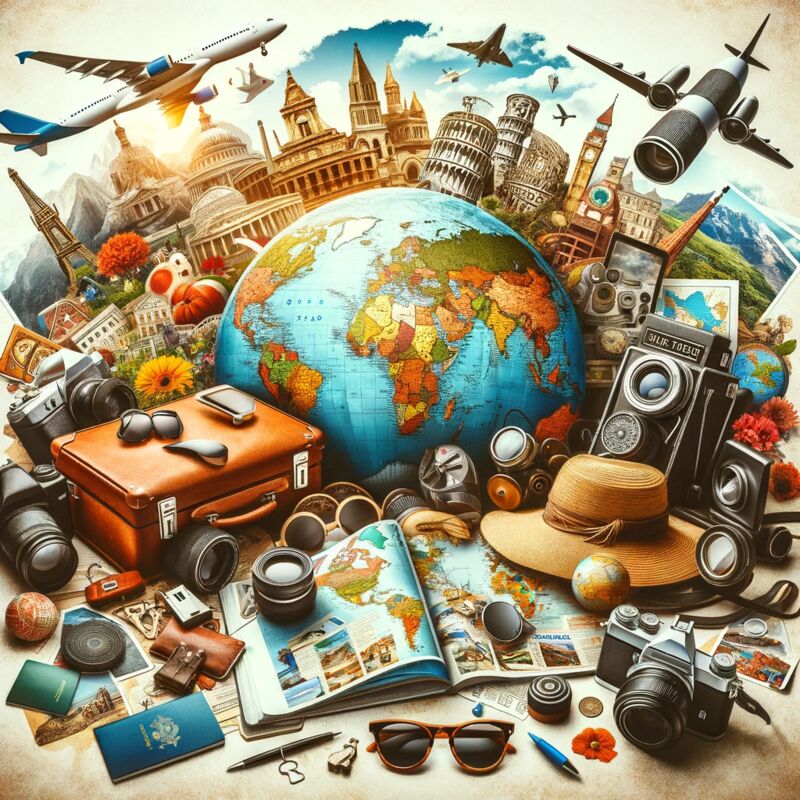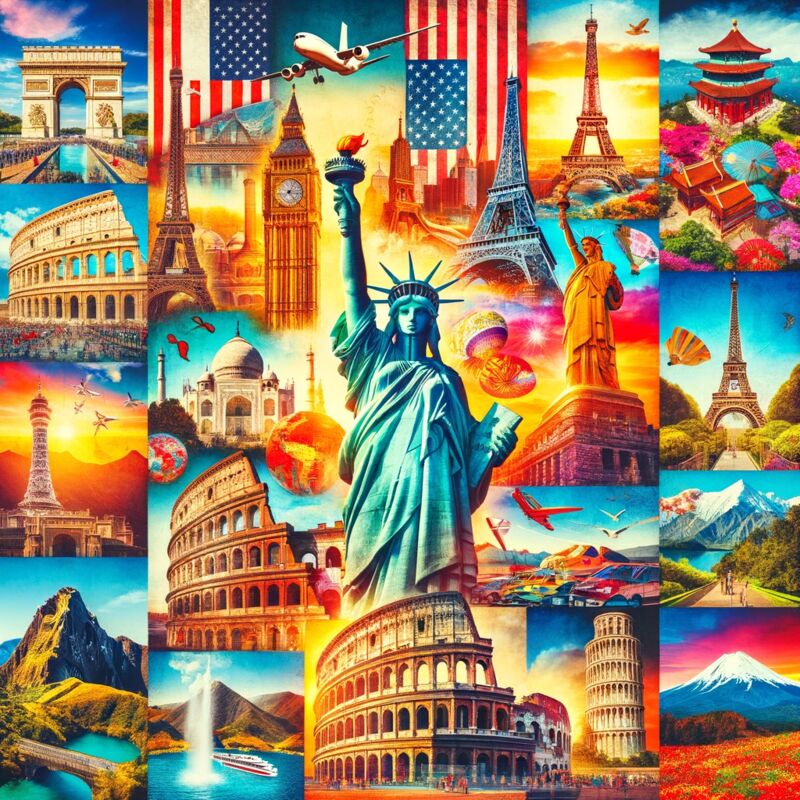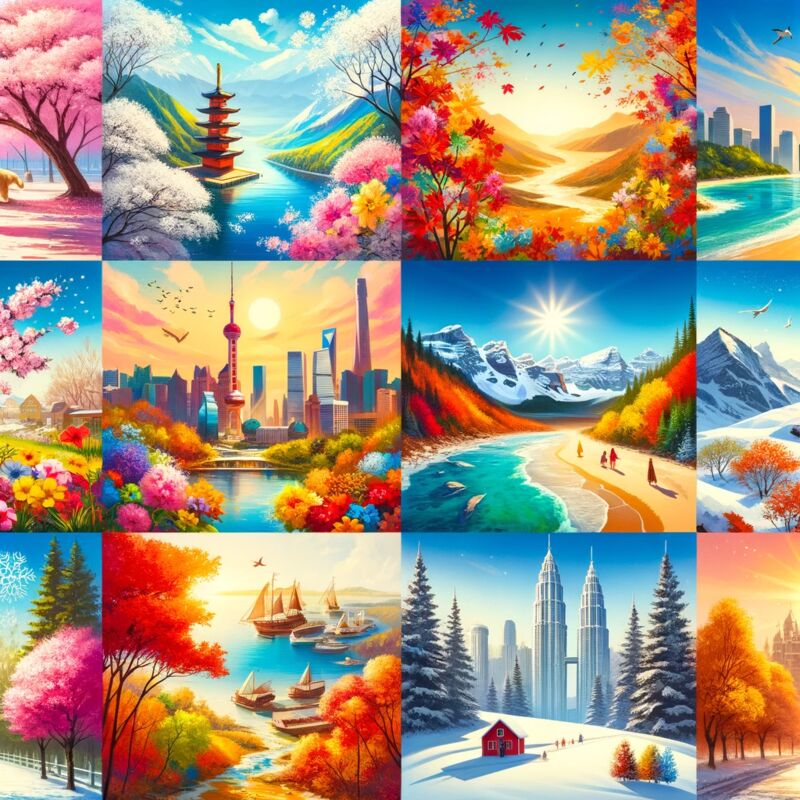The Enchanting Cultural Tapestry of Myanmar
Myanmar, also known as the Golden Land, possesses a cultural wealth shaped by its long history, deeply-rooted religious beliefs, and a tapestry of ethnic groups. From the awe-inspiring pagodas piercing the skyline to the joyous festivities and ancient traditions, Myanmar's cultural heritage offers an immersive journey for any traveler.
Religious Beliefs and Practices
At the heart of Myanmar's culture lies Buddhism, specifically Theravada Buddhism, which influences the daily life of its people. Shwedagon Pagoda in Yangon is a testimony to the devotion of the Burmese people, a glittering golden stupa believed to hold relics of past Buddhas.
Novitiation Ceremony (Shin Pyu) is an important rite of passage for young boys, where families celebrate their sons' entry into the monastery to learn the teachings of the Buddha. Girls also have a similar ceremony, called Ear-piercing (Nahtwin), although it's not as widely practiced.
Festivals and Celebrations
A year in Myanmar is marked by a plethora of festivals, known locally as 'pwe'. Each ethnic group and region has its own customs, but certain festivals are celebrated by all.
Thingyan Water Festival
Thingyan, the Burmese New Year, is undoubtedly the most exuberant. It is a water festival where the old is washed away and the new welcomed. Streets come alive with music, traditional dance, and locals gently splashing water on one another for blessings and fun.
Thadingyut Festival of Lights
As the end of the Buddhist Lent, Thadingyut is a time for joy and illumination. Pagodas, houses, and streets are adorned with lanterns and candles, symbolizing enlightenment — a scene of beauty and peace that captivates the soul.
Traditional Arts and Crafts
Myanmar's artisans are renowned for their skills passed through generations. Traditional crafts such as lacquerware, tapestry, and silk weaving reflect the intricate artistry and vibrant colors of the nation.
- Lacquerware — Hailing from Bagan, these painstakingly crafted items are adorned with gold or inlaid with intricate patterns and imagery.
- Tapestry — Mandalay tapestries depict Buddhist myths using appliqué and embroidery, often embellished with sequins and beads.
- Silk Weaving — Inle Lake's floating villages produce exquisite silk textiles woven on handlooms, featuring the unique lotus silk.
Cuisine: A Flavorful Mosaic
Burmese cuisine is a delightful blend of flavors, ingredients, and influences from neighboring countries. Rice is the staple, paired with a range of dishes that balance salty, sour, spicy, and umami flavors.
Mohinga — Considered the national dish, this fish-based soup with rice noodles is often enjoyed for breakfast.
Tea Leaf Salad — This unique salad combines fermented tea leaves with a mixture of nuts, seeds, and crispy beans for a burst of diverse textures and flavors.
Social Customs and Etiquette
Respect is deeply engraved in Burmese society. When visiting temples, it is important to dress modestly and remove shoes and socks, as feet are considered low and unclean. Greeting with a smile and a slight bow, combined with the Burmese word "mingalaba" (hello), reflects the prevalent gentle and respectful demeanor.
When offering or receiving something, especially to an elder, it is polite to use both hands or the right hand while the left touches the right forearm. This practice denotes respect and good manners in the local culture.







